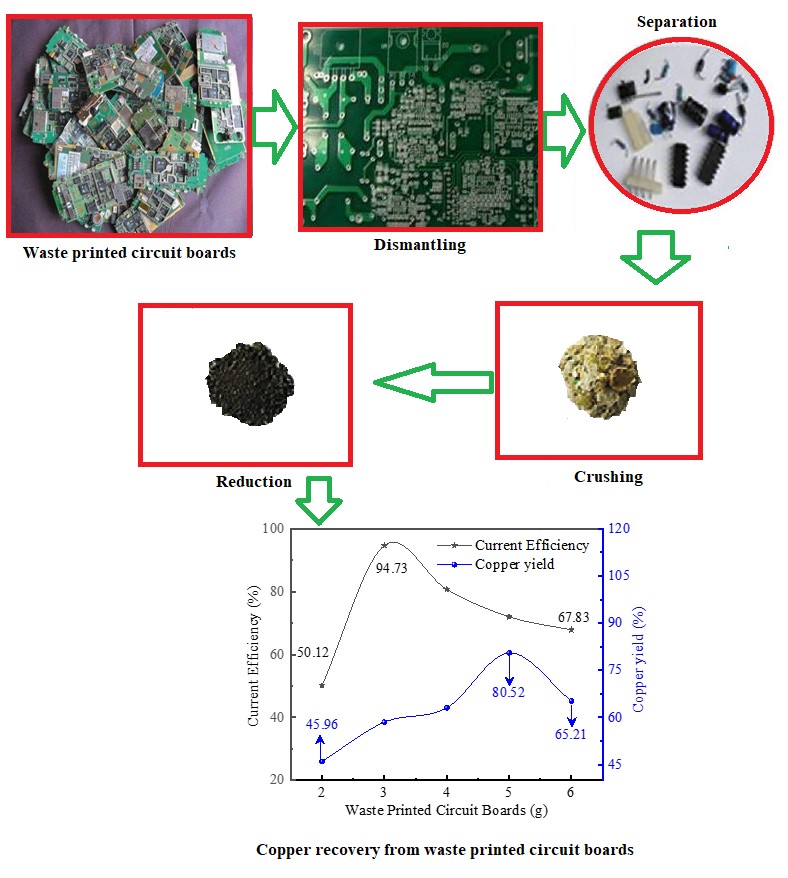- gnest_03490_published.pdf
-
Paper IDgnest_03490
-
Paper statusPublished

The regulatory framework of heavy metal pollution associated with electronic waste is prevalent all over the world. As a result of technological advancement and change in consumer patterns, the life span of electrical and electronic products has been shortened. This has contributed to the emergence of massive amounts of electronic waste that needs to be handled. With the exponential growth of the telecommunications sector, the recycling of useful resources from electronic waste devices, especially mobile phones, is of great significance. Besides, the presence of valuable metals enables the recycling of electronic waste potentially appealing. In this research, numerous types of ionic liquids like Butyl methylimidazolium hexafluorophosphate [Bmim][PF6], Butyl methylimidazolium chloride [Bmim][Cl], Ethyl methylimidazolium chloride [Emim][Cl] and Butyl methylimidazolium tetrafluoroborate [Bmim][BF4] were used to analyze the copper leaching behavior of electronic mobile handset devices. Several influential aspects on the leaching efficiency of copper including different types of ionic liquid, temperature and leaching time have been examined. The findings showed [Bmim][PF6] and [Emim][Cl] were better ionic liquids in appropriate conditions for high copper leaching rates.
Total file downloads: 7